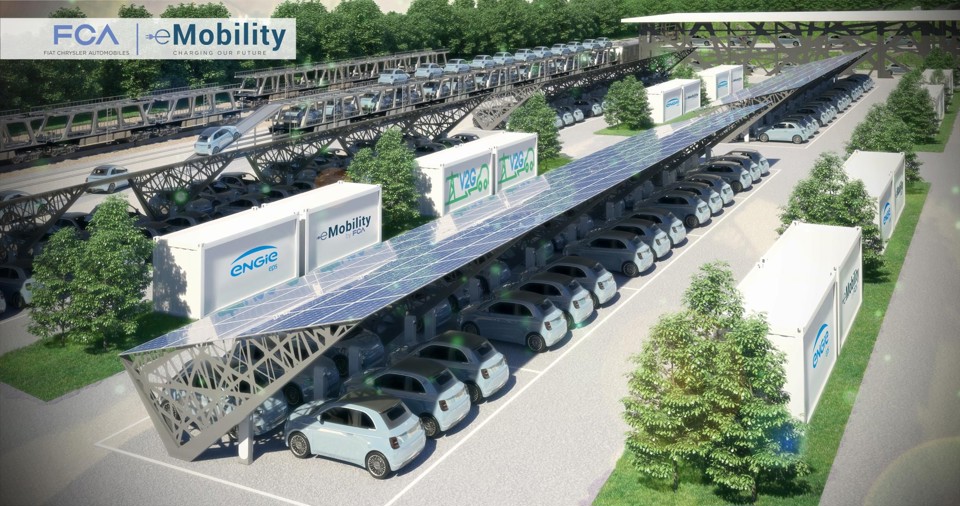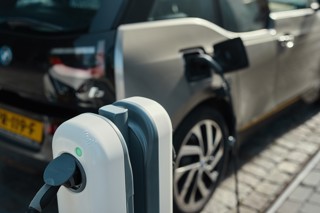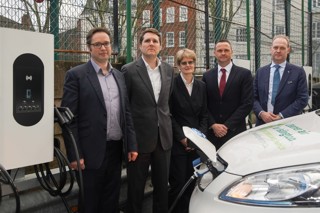Fiat Chrysler Automobiles (FCA) has started the first phase of its Vehicle-to-Grid (V2G) pilot project, with partner ENGIE Eps.
The project will see two-way interaction between FCA electric vehicles at the brand’s Mirafiori plant in Turin and the power grid.
In addition to recharging the cars, the project will use their batteries to provide grid stabilisation services. The vehicle batteries are capable of storing energy and, using the V2G infrastructure, can return it to the grid when needs be.
FCA says this represents an opportunity to optimise the operating costs of the cars – for the benefit of motorists – and a concrete possibility of contributing to a more sustainable electricity system.
Roberto Di Stefano, head of EMEA e-Mobility at FCA, said: “On average, cars remain unused for 80-90% of the day. During this long period, if connected to the grid by Vehicle-to-Grid technology, customers can therefore receive money or free energy in exchange for the balancing service offered, without compromising their mobility needs in any way.
“In addition, this project forms part of a broader context of the technology partnership that has stood between ENGIE Eps and FCA since 2016. The main, tangible objective of this partnership is to reduce the cost of FCA electric vehicle lifecycles, via specific offers exclusive to our customers.”
Phase 1 of the project will see the installation of 32 V2G columns capable of connecting 64 electric vehicles and is scheduled for completion in July. By the end of 2021, the infrastructure will be extended to interconnect up to 700 electric vehicles, capable of providing ultrafast grid services to the transmission network operator, as well as recharging the vehicles themselves.
In its final configuration, the project will be capable of supplying up to 25MW of regulatory capacity, making it the largest V2G facility in the world. It will have the capability to provide a high level of resource optimisation to the equivalent of 8,500 homes and a wide range of services to the network operator, including ultrafast frequency regulation.






















Login to comment
Comments
No comments have been made yet.